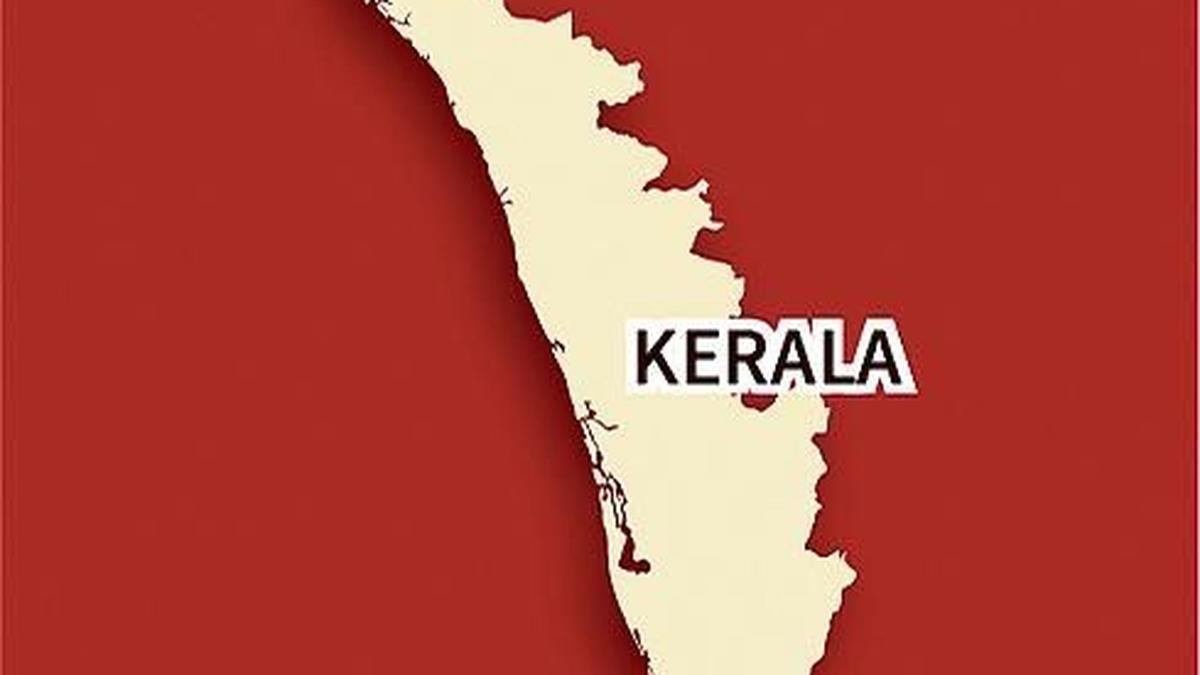Indian investors have upped their investments in gold exchange traded funds, while their enthusiasm in equity investments has come down, going by latest data from the Association of Mutual Funds of India (AMFI).
Net inflows into gold ETFs increased four times, coming in at ₹8,363 crore, while inflows into equity mutual funds dipped 9% to ₹30,421.7 crore in September 2025. In the previous month, this was ₹2,189.51 crore and ₹33,430 crore respectively. Gold and silver ETFs have gained traction in recent times among investors.
This comes on the back of continued uptick in gold and silver prices due to multiple factors like geo-political tensions and tariff wars. Gold is a safe haven asset and investors rush to the yellow metal in times of uncertain returns.
Indian capital market has given lacklustre returns in the past year. Record exit of foreign institutional investors, continued tariff imposition by the United States, sticky earnings growth and rich valuations constantly keep the markets from moving upwards.
Industry leaders too cite multiple global factors behind the rush to precious metals. “Global macro factors underpin this trend. Anticipated interest rate cuts, stubborn inflation, slowing global growth, and persistent geopolitical tensions are driving investors towards safe-haven assets. Fresh investments by central banks in gold and silver, coupled with record flows in bullion ETFs reinforce this demand,” said Kartik Jain, MD & CEO, Shriram AMC.
While the net inflows into equities might have reduced, the fact remains that equities are the most popular and sought after mutual fund schemes for Indian investors. Equity mutual funds continue to have positive inflows for 55 straight months.
Experts say that the increase in gold ETFs is not necessarily a panic buying trend. “What makes this trend particularly noteworthy is that this does not appear to be panic liquidation. Arbitrage fund AUM remains substantial at ₹2.64 lakh crore, and new investors continue to enter the category. This suggests selective institutional exit, rather than retail abandonment. The assessment indicates that arbitrage spreads may have narrowed to levels where risk-adjusted returns no longer justify the strategy for professional investors, even as retail participants continue to view it as a portfolio stabiliser,” said Rohit Sarin Co-Founder of Client Associates, a multi family wealth management company.
Mutual fund schemes had an overall outflow of ₹42,815.6 crore, mostly because of negative returns in debt mutual funds.
Published – October 10, 2025 10:34 pm IST






